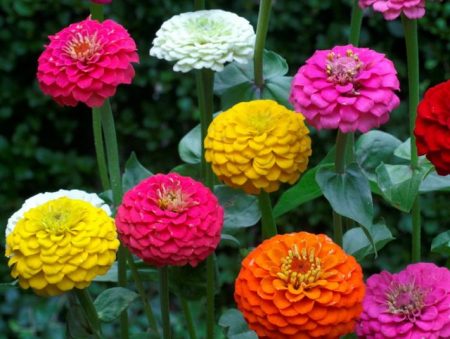 If you are interested in elegant zinnia, growing from seeds, we will tell you how to do it simply and without much hassle. Zinnia is a beautiful flower with many different shades, except that blue is not seen in nature, yet the rest of the colors are present. It is used to decorate flower beds, to cut (tall individuals, long standing in vases), and there are varieties from dwarf to luxurious giants under a meter high. A plant of the aster family, thermophilic, is not often watered, abundantly, not allowing water to stagnate, which is detrimental to flowering.
If you are interested in elegant zinnia, growing from seeds, we will tell you how to do it simply and without much hassle. Zinnia is a beautiful flower with many different shades, except that blue is not seen in nature, yet the rest of the colors are present. It is used to decorate flower beds, to cut (tall individuals, long standing in vases), and there are varieties from dwarf to luxurious giants under a meter high. A plant of the aster family, thermophilic, is not often watered, abundantly, not allowing water to stagnate, which is detrimental to flowering.
Look how to plant lilies in open ground, they perfectly complement zinnia.
Of the benefits of growing zinnia on the site:
- Many colors.
- Excellent compatibility with other flowers such as peonies and lilies, which creates an excellent variety and color rendering.
- Minimum hassle - maximum result.
- Attracts bees and birds, which is important for the site.
- Blossoms for a long time - more than a month, one flower keeps on the stem.
- When cut, it can delight you with beauty in a house for up to two weeks.
How to grow zinnia from seeds
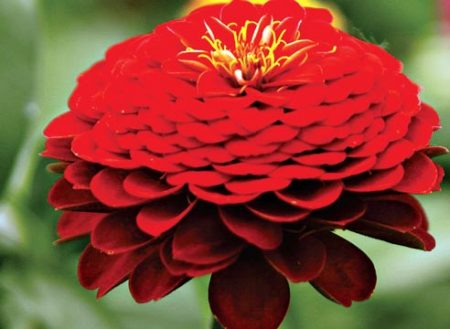
You can plant this flower with seeds just in the ground and through seedlings. For the southern regions, an easier way is to immediately seed the beds in April, when frosts are no longer expected, since this flower is very heat-loving and does not even tolerate even small frosts. In the northern regions it is necessary to plant through seedlings, which will give an opportunity to get a beautiful flowering in June.
The soil needs drainage and fertile, so before planting, do not be too lazy to fertilize it, dig it up. And if the soil is dense, add sand to prevent stagnation of water, which, like excessive drought, is harmful to zinnia. Suitable for fertilizer: compost, fallen leaves, humus, superphosphate, nitrophosphate. After fertilizing by 10 cm, dig the bed, and you can plant the seeds, digging them 4-5 cm through 30 cm from each other. Zinnia simply loves light and free space, but the site should be protected from strong winds, which her straight rigid stalk can break.
You can plant hydrangea in open ground - and get together in zinnia an amazing carpet with beautiful flowers.
Planting seeds in the ground
Fertilizing the plot, as we described above, plant 2-3 holes in the holes, they will be up in about a week. If, nevertheless, the weather is still cool, cover it at night so that the plants do not freeze until they are well-established and a stable warm temperature is established. In a couple of months, a carpet of zinnia will delight you with flowering, and after another 2 months you can already collect seeds for subsequent planting.
When the plants grow, feed them with urea (only 1 tablespoon is needed per bucket of water). As the budding process begins - feed the zinnia once again, you can apply the Rainbow fertilizer, before this, sprinkle with wood ash. When the buds open, fertilize again by spraying the “Bud” plants.
Growing through seedlings
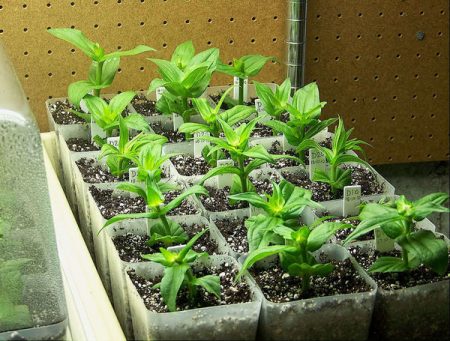
In early April, soak the seeds in a damp cloth, after a week they will hatch. Plant in peat pots or in a box, then to dive 2-3 plants in separate pots. By the end of May (in the southern regions and earlier), take out a couple of times for hardening, and it will be possible to plant in the ground, following the rules described above for planting seeds in the ground, with the same top dressing and at the same distance. To get a lush bush, after the 3-4th leaf pinch the bush.
Collect the seeds after the bud becomes brownish, cut from the stem, and scrubbed the seeds on paper, and put them in storage for the next spring. So you can collect a whole assortment of different shades of seeds and grow a beautiful flower bed that will complement perennial plants and create a delightful decor of the site. Good for planting perennial phlox - paired with zinnia they will create an enchanting riot of colors!

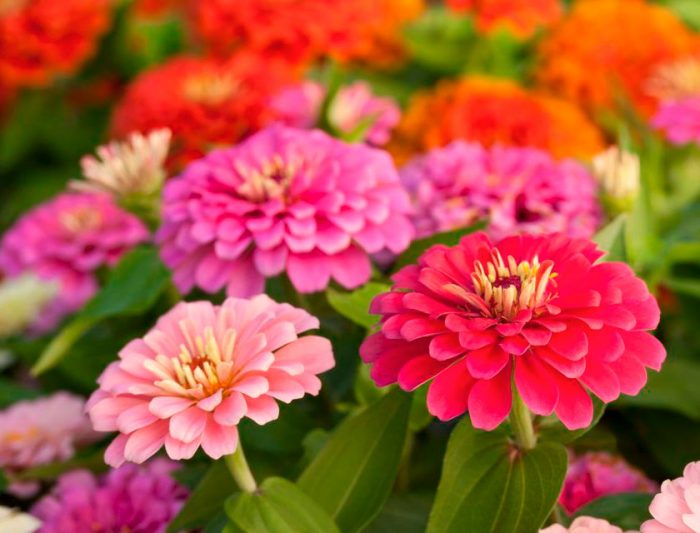
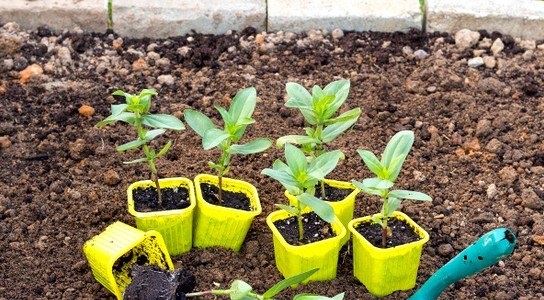
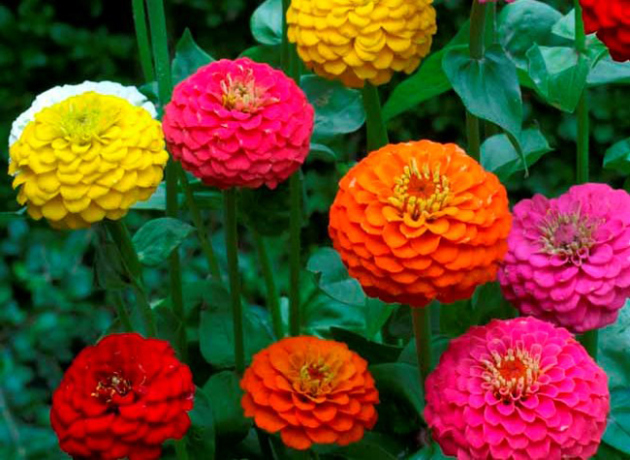
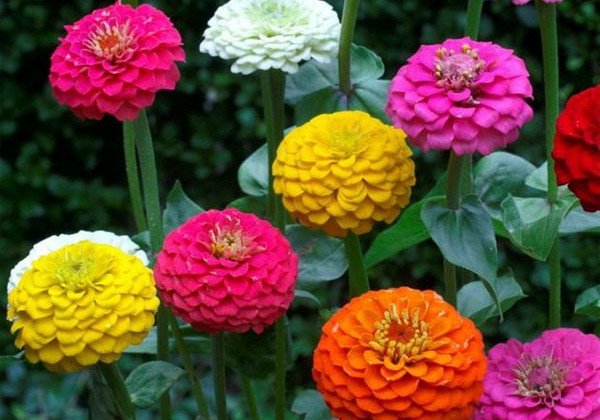 Zinnia: growing from seeds when to plant
Zinnia: growing from seeds when to plant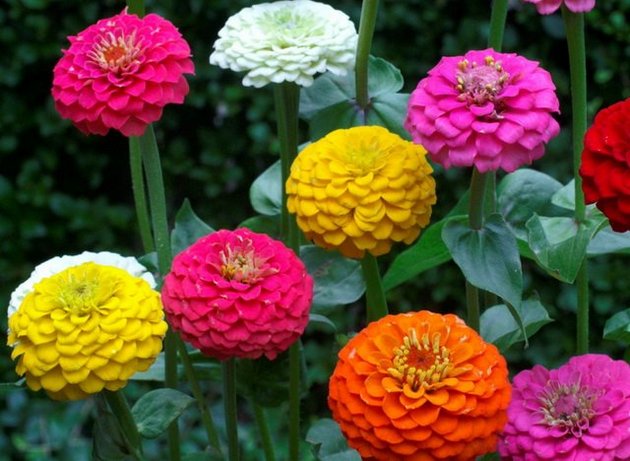 Planting zinnia on seedlings in 2016
Planting zinnia on seedlings in 2016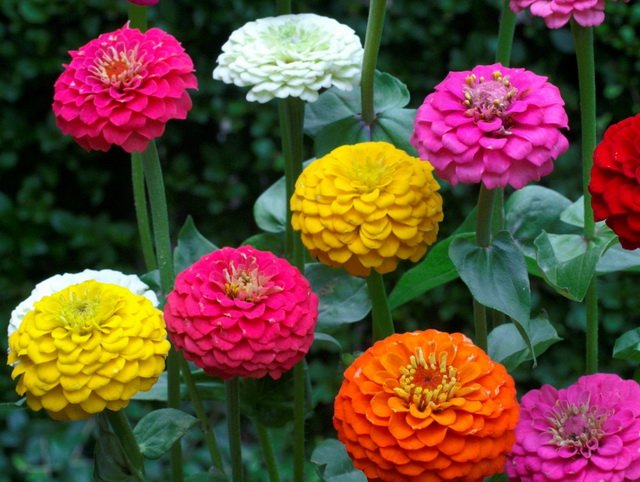 Zinnia graceful, growing from seeds
Zinnia graceful, growing from seeds